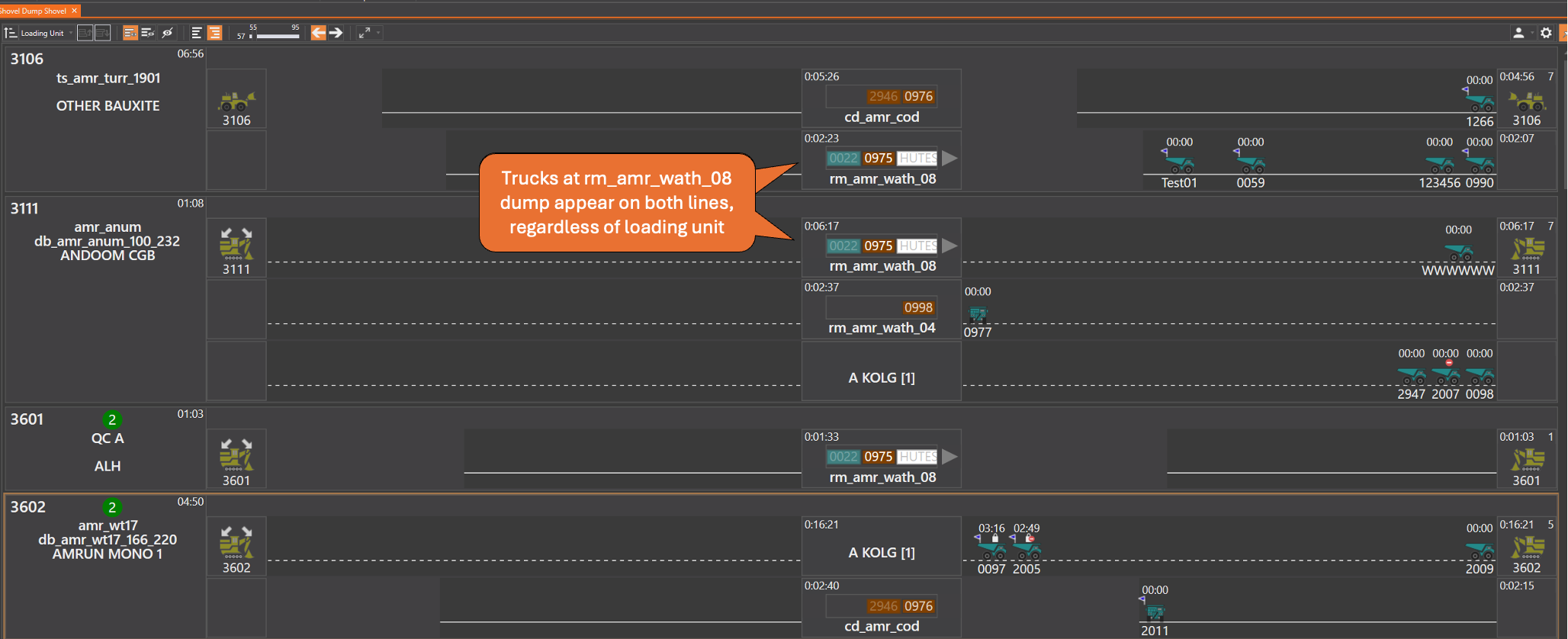Published: 19 November 2025
TL;DR: Wencomines latest UI enhancements — including unified dump queue views, average queue time KPIs, shovel productivity metrics, and smarter fuel logic — are based on direct dispatcher feedback. These updates reduce cognitive load and improve decision speed without changing workflows.
In mining technology, progress rarely comes from sweeping changes. More often, it comes from the small, targeted improvements that make daily work easier for the people who rely on the system most. At Wenco, those people are dispatchers — the front-line decision makers who keep fleets moving and production on track.
With each Wencomine update, we aim to refine the dispatcher experience based on real feedback from the field. The enhancements in our recent release reflect this ongoing commitment: they’re not disruptive overhauls, but thoughtful adjustments that address the friction points customers have shared with us.
Listening to the People Behind the Screens
When we speak with dispatchers, a few themes consistently surface:
- They want relevant information in one place, not scattered across multiple views.
- They want KPIs that help them understand performance at a glance.
- They want the system to support—not interrupt—their decision making.
- They want UI behavior that matches real operational patterns.
The updates in Wencomine align directly with this feedback. Each change focuses on clarity, consistency, and reducing the amount of effort required to interpret the state of the pit.
UI Enhancements That Support Real-Time Decision Making
Improving Dump Activity Visibility
Dispatchers told us that scanning multiple rows to understand dump congestion took unnecessary time. In response, the Shovel–Dump–Shovel view now shows all trucks at a dump in one row, regardless of their source shovel. This adjustment doesn’t change workflow — it’s meant to provide a clearer view to reveal true congestion instantly, support faster rerouting or priority adjustments, and help reduce wait-at-dump times.

Meaningful Queue Context
Dispatchers also asked for a better signal of when a queue was becoming a problem. We added average queue time to each dump row, calculated from the relevant statuses within the reporting window. It’s not meant to replace dispatcher judgment — it’s meant to give context that helps them detect early signs of bottlenecks and support proactive decisions before queues affect cycle times.
Real-Time KPIs for Shovel Productivity Monitoring
Many supervisors and dispatchers rely on hourly trends to understand how shovels are performing. To support this, we introduced Average Hourly, Current Hour, and Previous Hour quantity metrics directly into Shovel Columns and tooltips. These real-time KPIs can help dispatchers identify underperforming loading units and enable quick validation of operator or equipment issues.
Fuel Dispatch Logic Aligned with Operational Reality
Sites noted that trucks returning from maintenance or break areas sometimes re-entered the circuit with low fuel because eligibility wasn’t checked until later in the cycle. We adjusted the logic so that fuel evaluations run when trucks leave non-fuel park locations, helping reduce unnecessary travel, improving truck readiness, and supporting better utilization across mixed-fleet operations.
Enhancing Wencomine Through Continuous, Low-Friction Improvements
None of these updates reinvent the dispatcher workflow — and that’s intentional.
Our design philosophy is simple:
- Improve clarity
- Reduce cognitive load
- Match the mental model of the dispatcher
By focusing on these principles, we make Wencomine easier and more intuitive without introducing new complexity or asking dispatchers to relearn the system.
These enhancements also reinforce a long-standing Wenco value: We build based on real-world use, not assumptions.
When customers share that something feels harder than it should be, we address it. When a UI pattern doesn't reflect how dispatchers naturally interpret the pit, we rethink it.
Looking Ahead
As mining becomes more data-rich and operational demands increase, usability will matter just as much as capability. Our roadmap continues to prioritize the feedback of dispatchers, supervisors, and production teams who depend on Wencomine every day.
The updates highlighted here represent the kind of incremental, practical improvements we aim to deliver consistently — updates that respect the dispatcher’s time, support their decisions, and strengthen the overall fleet management experience.
We welcome suggestions and feedback from our customers and users. These conversations help shape how Wencomine evolves.
Published: 19 November 2025
Last Updated: 19 November 2025
